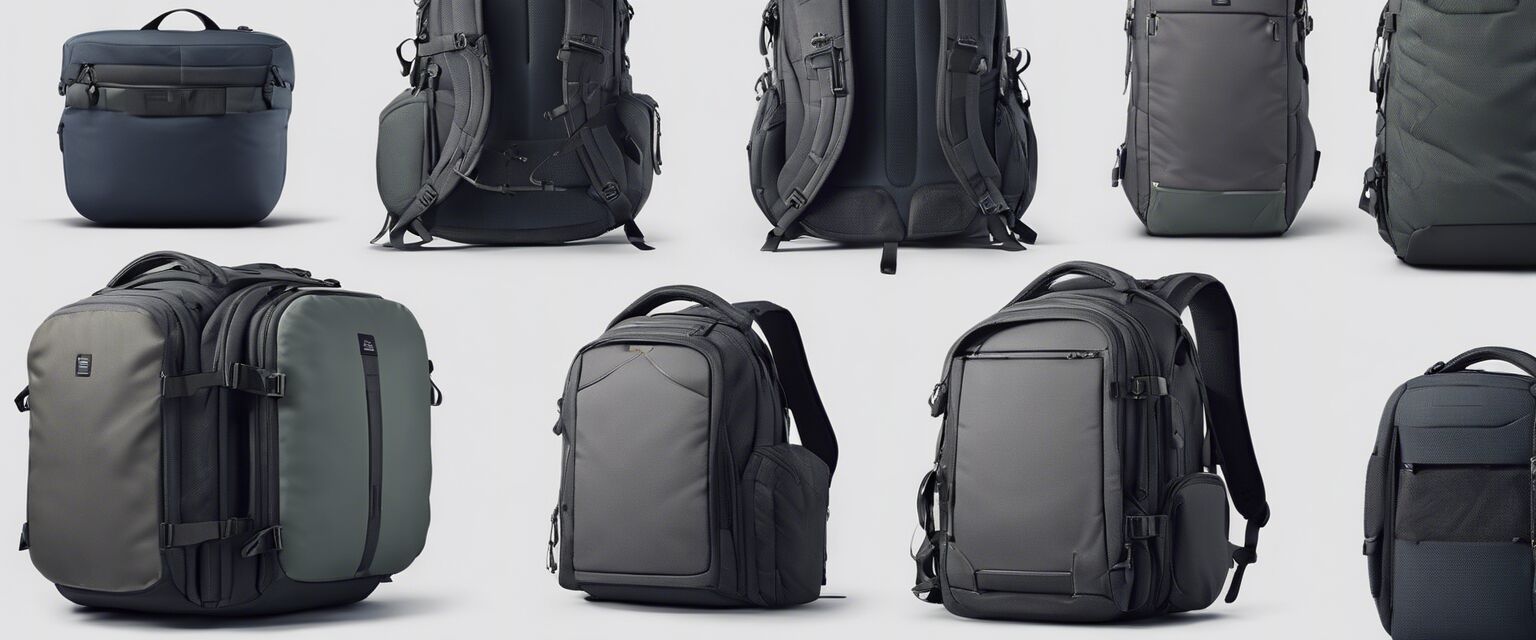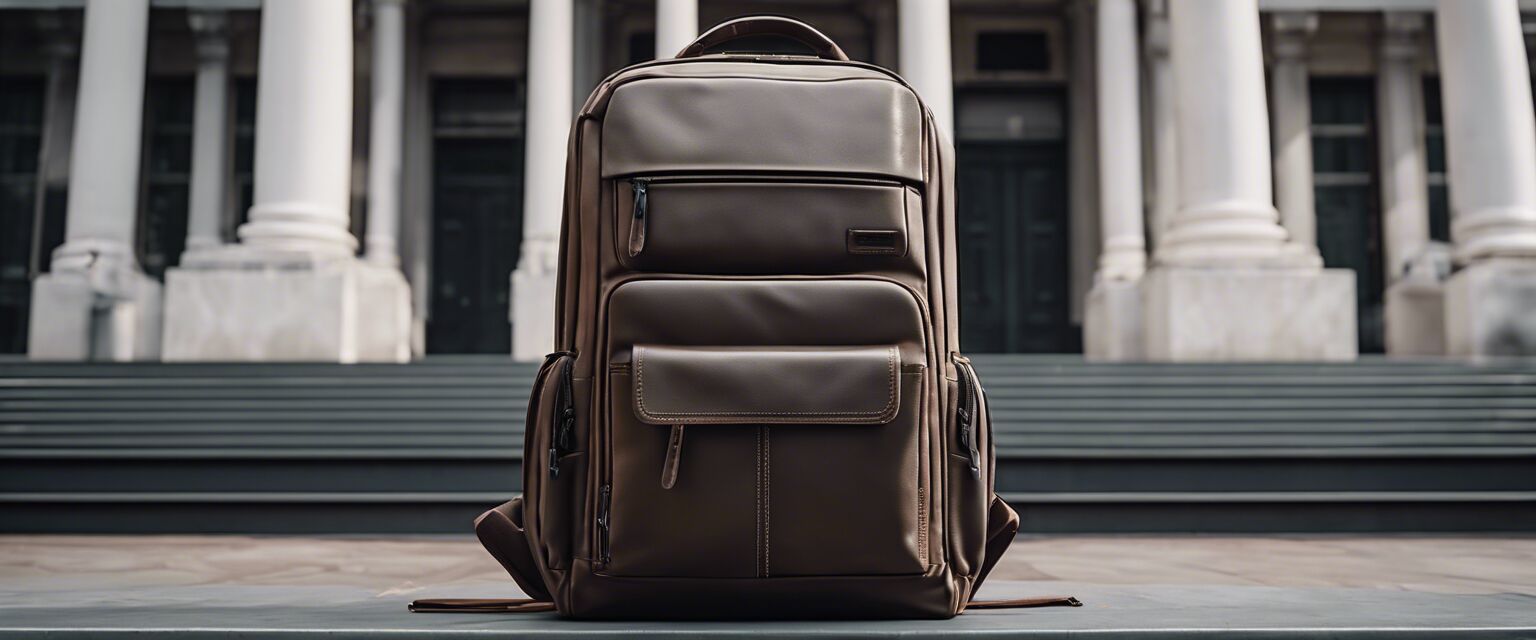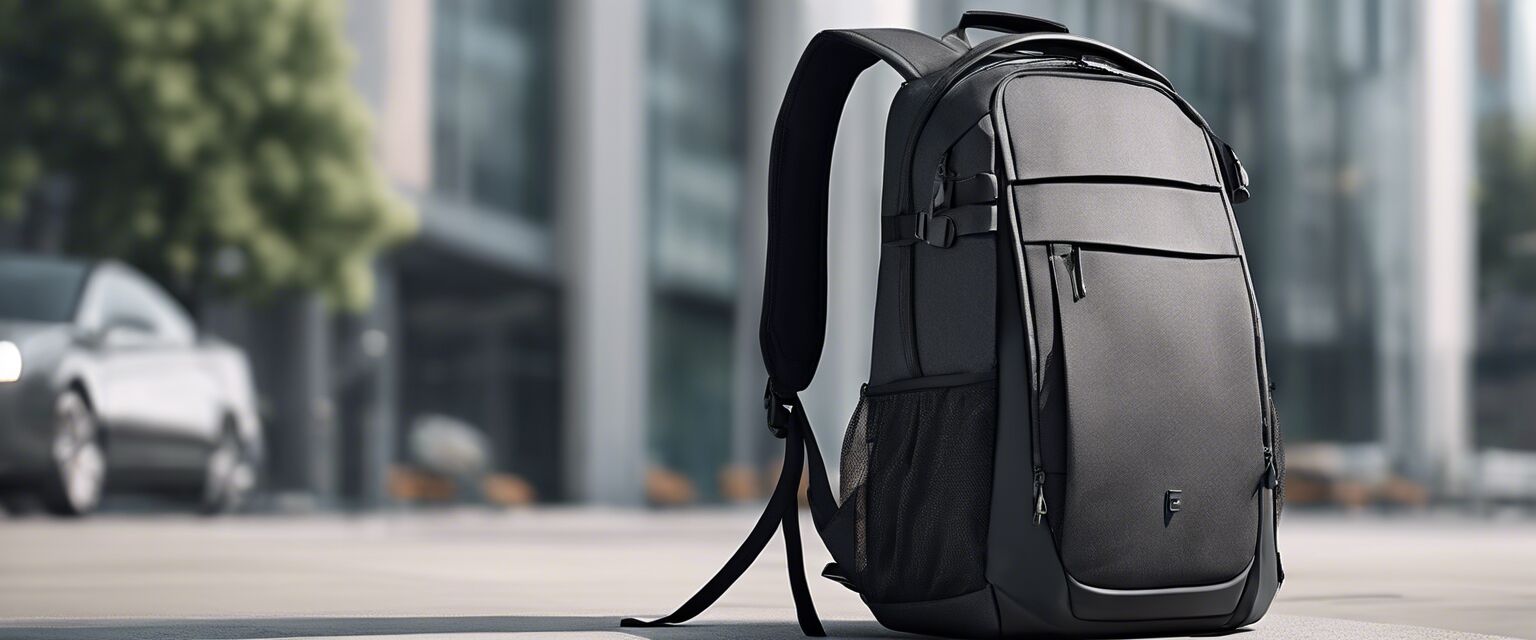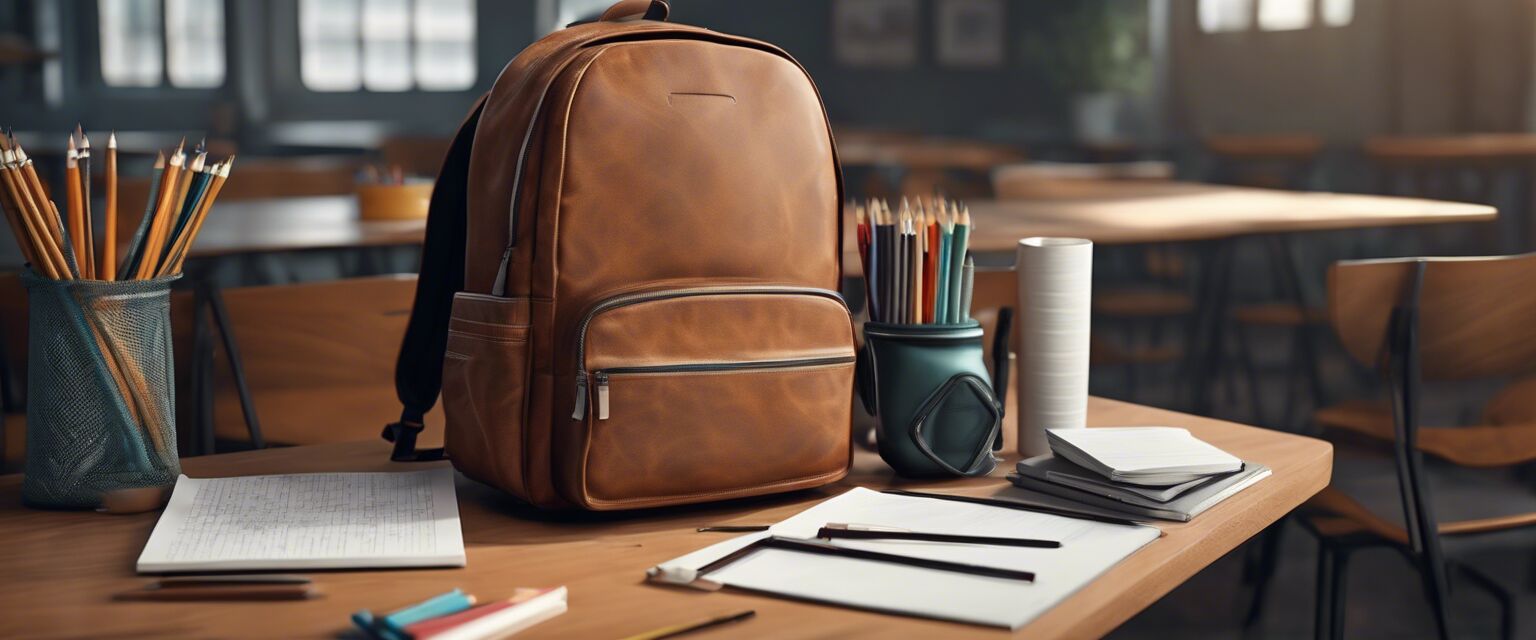
Ergonomic Backpack Designs
In an age where students are more tech-savvy than ever, having a backpack that combines practicality and comfort is essential. Ergonomic backpack designs have become popular not only for their style but also for their ability to provide support during those long hours of study. This article will explore various features and styles of ergonomic backpacks that cater to the needs of modern students.
Key Takeaways
- Ergonomic backpacks are designed to reduce strain on the back and shoulders.
- They often include features such as padded straps, adjustable sizing, and compartmentalized storage.
- Tech-savvy options include built-in USB ports and anti-theft designs.
- Choose materials that offer durability and weather resistance.
Understanding Ergonomics in Backpacks
When we talk about ergonomic backpack designs, we refer to the principles of ergonomics that prioritize comfort, efficiency, and safety while carrying a load. Here are some key ergonomic features to consider:
- Padded shoulder straps: These help distribute weight evenly across the shoulders.
- Adjustable straps: Allows for a customized fit to reduce strain.
- Ventilated back panels: Keeps your back cool and dry.
- Hip and chest straps: Provides additional stability.
Popular Ergonomic Backpack Designs
Letâs delve into some popular designs that incorporate ergonomic principles:
| Design Type | Main Features | Recommended Use |
|---|---|---|
| Anti-theft Backpacks | Hidden zippers, lockable compartments, cut-resistant straps | Urban settings, traveling |
| Eco-friendly Backpacks | Made from recycled materials, sustainable practices | Students conscious of environmental issues |
| Tech-integrated Backpacks | Built-in USB ports, charging capabilities | Tech-savvy students |
| Minimalist Backpacks | Sleek design, fewer compartments, lightweight | Daily commuting and essentials only |
Comparing Ergonomic Backpacks
| Backpack Type | Padded Straps | Adjustable Fit | Weight |
|---|---|---|---|
| Standard Ergonomic | Yes | Yes | Lightweight |
| Tech Integrated | Yes | Yes | Medium weight |
| Eco-friendly | Yes | Limited | Lightweight |
| Minimalist | No | No | Very lightweight |
Choosing the Right Material
The material of an ergonomic backpack plays a significant role in its durability and comfort. Here are some of the materials commonly used:
- Nylon: Lightweight and water-resistant.
- Canvas: Sturdy and good for eco-friendly backpacks.
- Polyester: Offers good resistance to tears and abrasions.
- Leather: Provides a stylish appeal but can be heavier.
Benefits of Ergonomic Backpacks
Investing in an ergonomic backpack offers several advantages:
Pros
- Enhanced comfort and reduced back strain.
- Organization features prevent clutter.
- Stylish designs cater to personal aesthetics.
- Durable materials for long-lasting use.
Cons
- Higher price point compared to standard backpacks.
- Weight may increase with added features.
- Some designs might overlook minimalist features.
Tips for Choosing the Best Ergonomic Backpack
Beginnerâs Section
- Determine your needs: Are you carrying a laptop, books, or other essentials?
- Look for adjustable fit options to ensure comfort.
- Choose a design that reflects your style while maintaining functionality.
- Read reviews and compare different models to find the right fit for you.
Conclusion
Ergonomic backpack designs are essential for tech-savvy students looking to maintain a balance between style, comfort, and practicality. By understanding the key features and benefits, you can make an informed choice that will support you throughout your educational journey.
Further Reading
If you're interested in exploring more about backpacks for various needs, check out these categories:
- Anti-theft Backpacks
- Eco-friendly Backpacks
- Ergonomic Backpacks
- Minimalist Backpacks
- Stylish Designer Backpacks
Visual Guide











